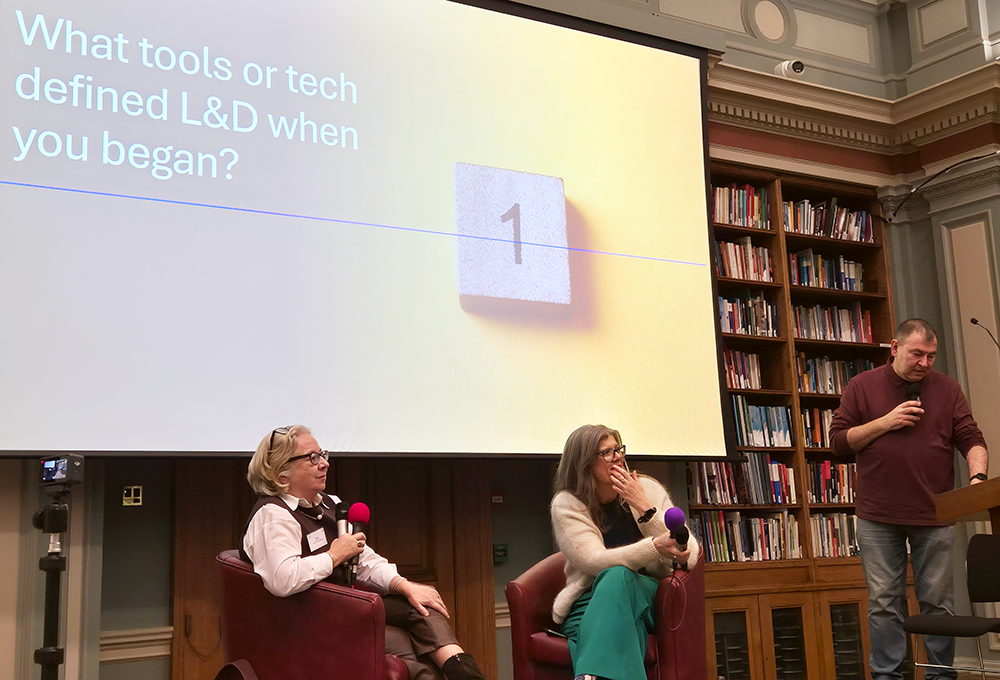What are the motivators to develop in not-for-profit organisations? Matt Hugg explains.
A not-for-profit’s clients need the best delivery of services. To give the best, they need motivated, well-prepared people to deliver their mission. Every not for profit has problems, but this one stands out.
Hire staff? Done. Recruit volunteers? Done (but not as easy). Motivation? Not for profits look for people who have an interest in their mission, so if recruiting and hiring is done right, you’ll have motivated people.
But how about those people being well prepared? It starts with engaging your team with workplace training. Paid staff are hired based on their ability to apply their expertise to the not for profit’s mission. To keep their expertise current, most will take one of two approaches: the carrot or the stick.
The stick is the more traditional approach. Training is part of a performance review process related to one’s salary or professional status (such as professional accreditation and so forth). Even if attending training is viewed as a perk for the employee, connecting it to an increase in salary or status provides an underlying negative connotation. To move ahead, one must attend some minimal level of training, whether they want to or not.
With volunteers, you need to know why they’re with you, so you can fulfil their needs before they can fulfil your client’s needs.
The carrot requires a more holistic approach. Daniel Pink outlines an interesting paradigm in his book, “Drive: The Surprising Truth About What Motivates Us.” He tells the reader that workplace motivation is all about Mastery, Autonomy, and Purpose. This is easy to apply to not for profits:
- As mission-driven organisations, not for profits own purpose. Good leadership provides ongoing reminders of the importance of their mission.
- Ask nearly every not-for-profit worker about their job and they’ll say ‘I wear many hats’. It forces autonomy.
- If a worker is given autonomy and challenged by purpose, then the thirst for mastery comes naturally. They want to learn more to create better ways to address their part in mission success. They’ll show up for training if it meets their need for mastery.
While you can apply these same principles to motivate a volunteer’s interest in training, you often have to go deeper to get them there in the first place.
In his frequently cited research, Harvard researcher Gerald Zaltman suggests that to get consumers to buy a product, one must first appeal to their “deep thoughts and feelings about social bonding”. There is a direct application of this same concept to the most important step in volunteer training: getting them there.
It’s important to know why they’re volunteering at all – and how you can meet their needs.
- Are they giving back to a not for profit (or one like it) that once helped them? Training needs to address their nostalgia.
- Are they there to make or re-establish relationships with peers? Training needs to be a social event.
- Are they there to protect an asset, like their child, a building, or land? Then training needs to focus on the safety of the asset.
- Are they there because it’s expected of them due to their social position in their community? Then training must have a recognition component.
- Are they there because they feel spiritually obligated to be there? Then training needs to address the larger purpose of your mission.
It’s likely that in each training session you will have someone attending with each reason to be there, and some will have multiples of the above. Plan accordingly.
Not for profits can’t avoid training. The constituents that they serve rely on people who know what they’re doing. Encouraging (or even requiring) your paid staff to partake in professional development is relatively easy. With volunteers, you need to know why they’re with you, so you can fulfil their needs before they can fulfil your client’s needs.
About the author
Matt Hugg is president and founder of the education and training website, Nonprofit.Courses.




